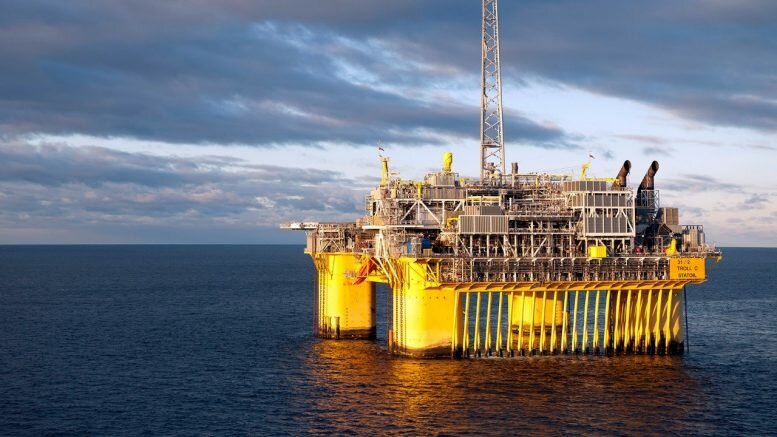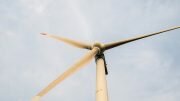Equinor wishes to use land power on three oil rigs
The energy company Equinor wants to use land power as the source of electricity for three oil rigs currently operated by gas turbines. The change can reduce CO₂ emissions a lot.
According to Equinor, formerly known as Statoil, a switch to land power could cut CO₂ emissions from the Troll C and Sleipner area by over 600,000 metric ton annually.
The company is now working with its partners to look at the possibility of electrifying the Troll C and Sleipner Field Center together with the associated Gudrun platform in the North Sea.
– Equinor’s ambition is to remain one of the world’s most carbon-efficient producers of oil and gas. We are looking into connecting platforms in the Troll and Sleipner area to land power, by utilizing and expanding existing infrastructure from land. If we succeed in the work, it will enable us to deliver safe operations with high value creation and low carbon emissions from fields that we operate on the Norwegian continental shelf (NCS), says CEO for the NCS in Equinor, Arne Sigve Nylund.
Existing infrastructure
The three platforms are in field areas that already are powered from land. On the Troll field, the Troll A gas platform has been electrified since its inception in 1996 and is operated with minimal emissions from production. The future task will be to find a solution for connecting Troll C to the same type of power supply, with power cables from the Kollsnes plant in Hordaland.
The Johan Sverdrup field will, along with several fields located on the Utsira Height, get power from land, including Equinor’s Gina Krog, which came into operation last year. Studies are being made into extending the power supply from Gina Krog, so that the Sleipner Field Center and Gudrun platform can be connected to that land power supply.
Long term value creation
In order to ensure long-term value creation on the NCS, it is important to work to reduce the carbon footprint from activities there. Last year, Equinor achieved the goal of reducing annual CO₂ emissions from the NCS by 1.2 million metric ton from 2008 to 2020, almost three years ahead of schedule. The company therefore increases its ambition to reduce a further two million ton of CO₂ annually from the NCS operations before 2030.
– The results show that it is possible to succeed with ambitious emission cuts when combining expertise, technology and determination to find profitable energy solutions on the NCS. With the electrification plans in the Troll and Sleipner areas, we now have the opportunity to achieve major reductions based on good cooperation with the license holders, with the authorities and industry in general, says Nylund.
© NTB Scanpix / #Norway Today





